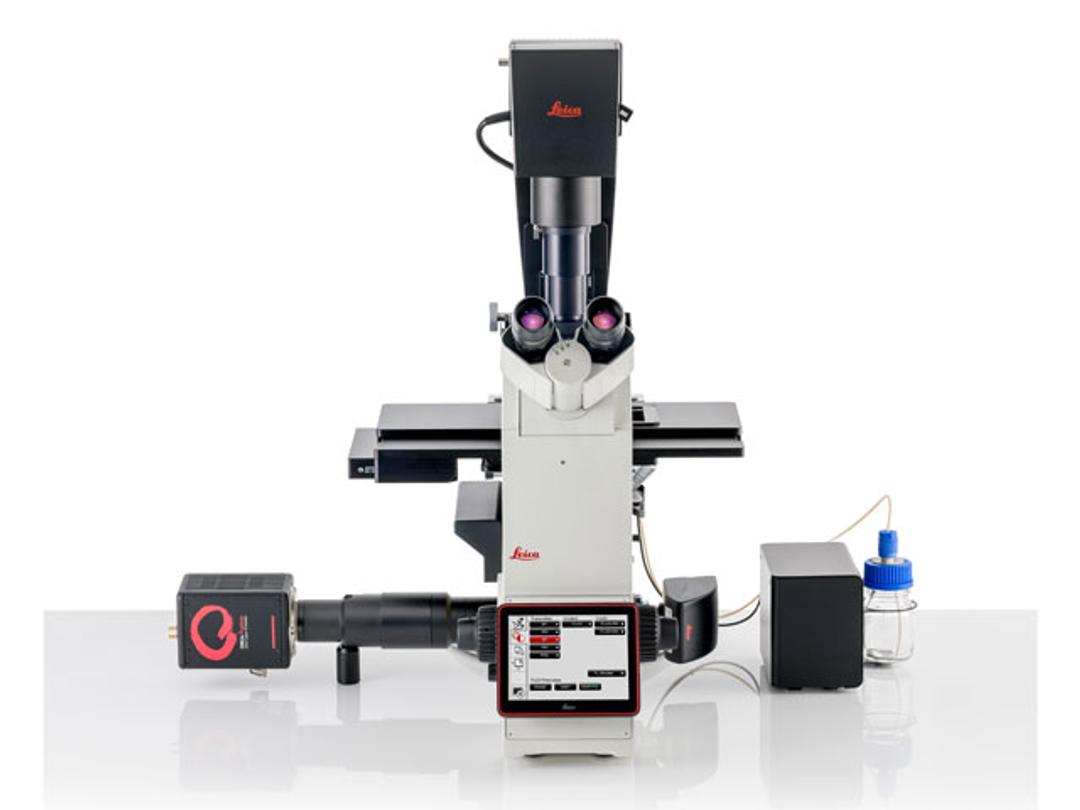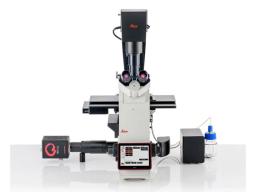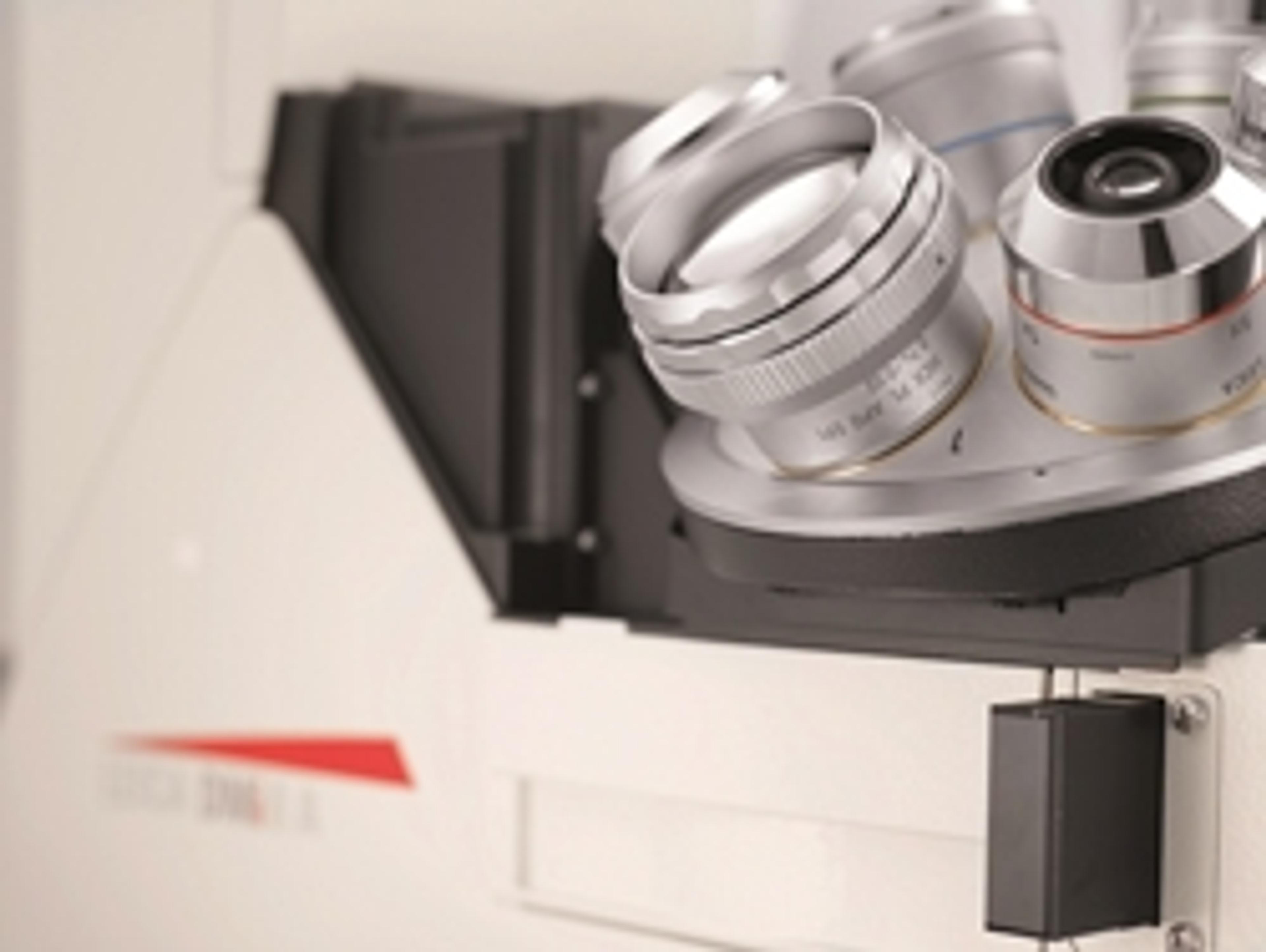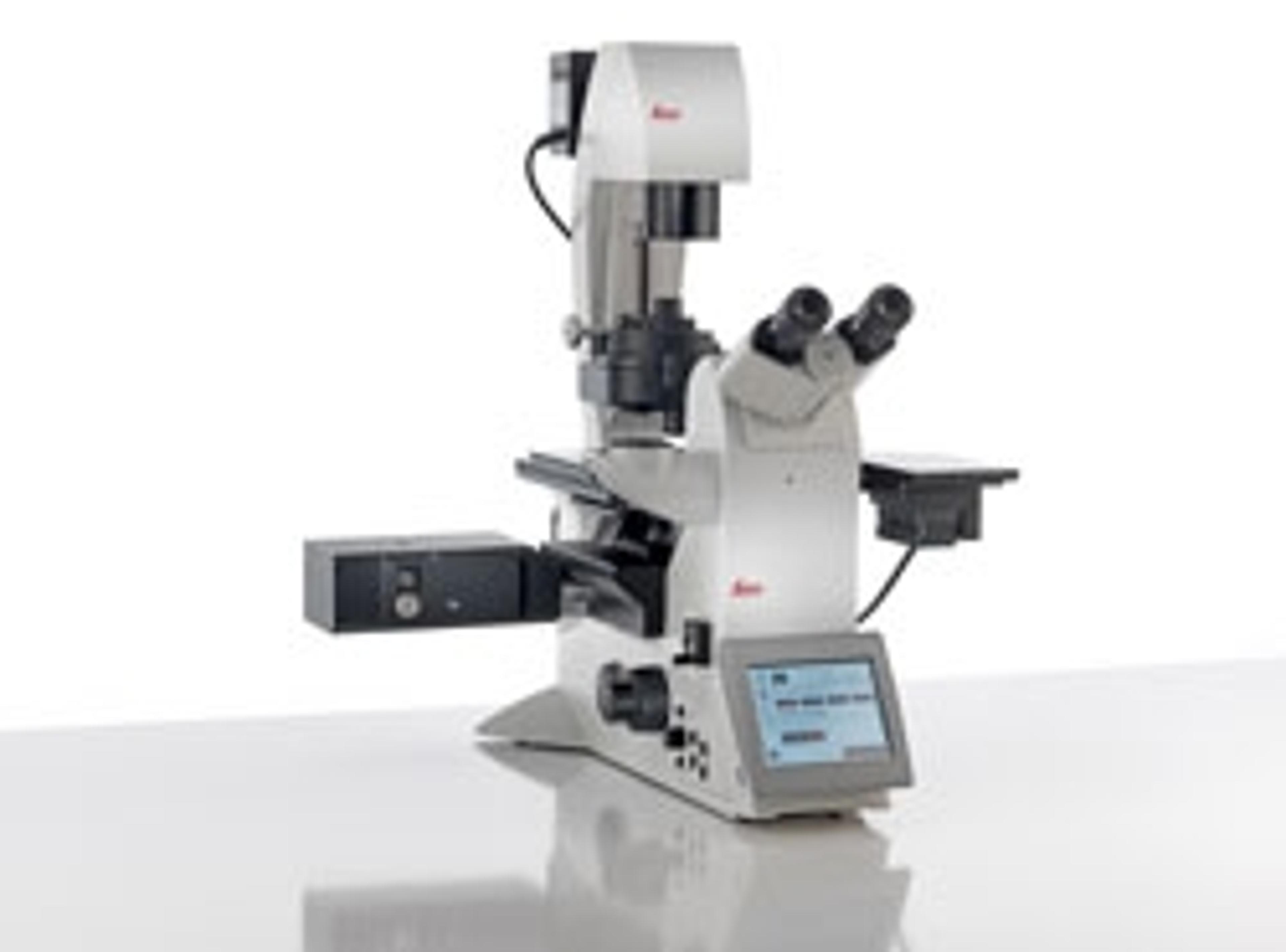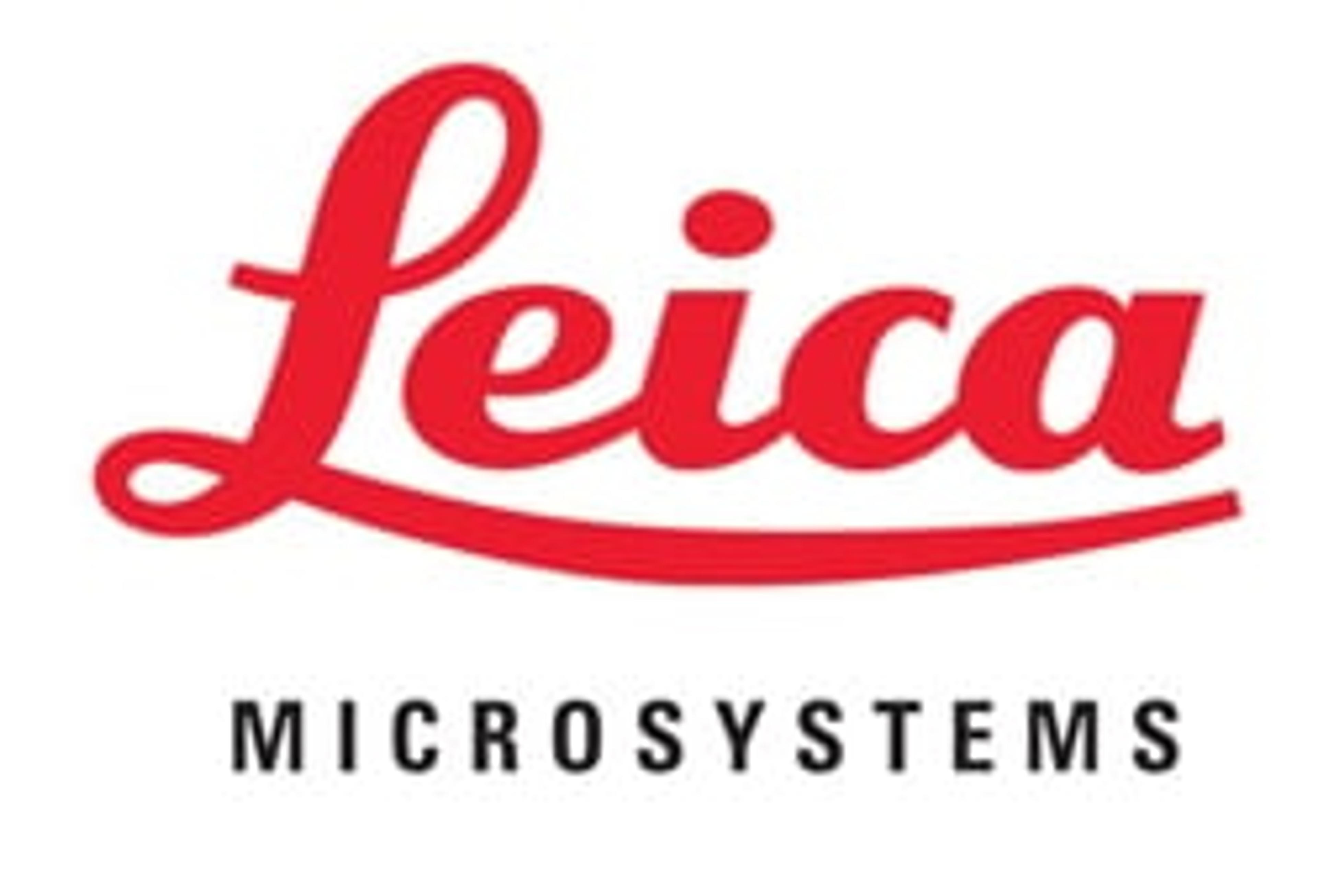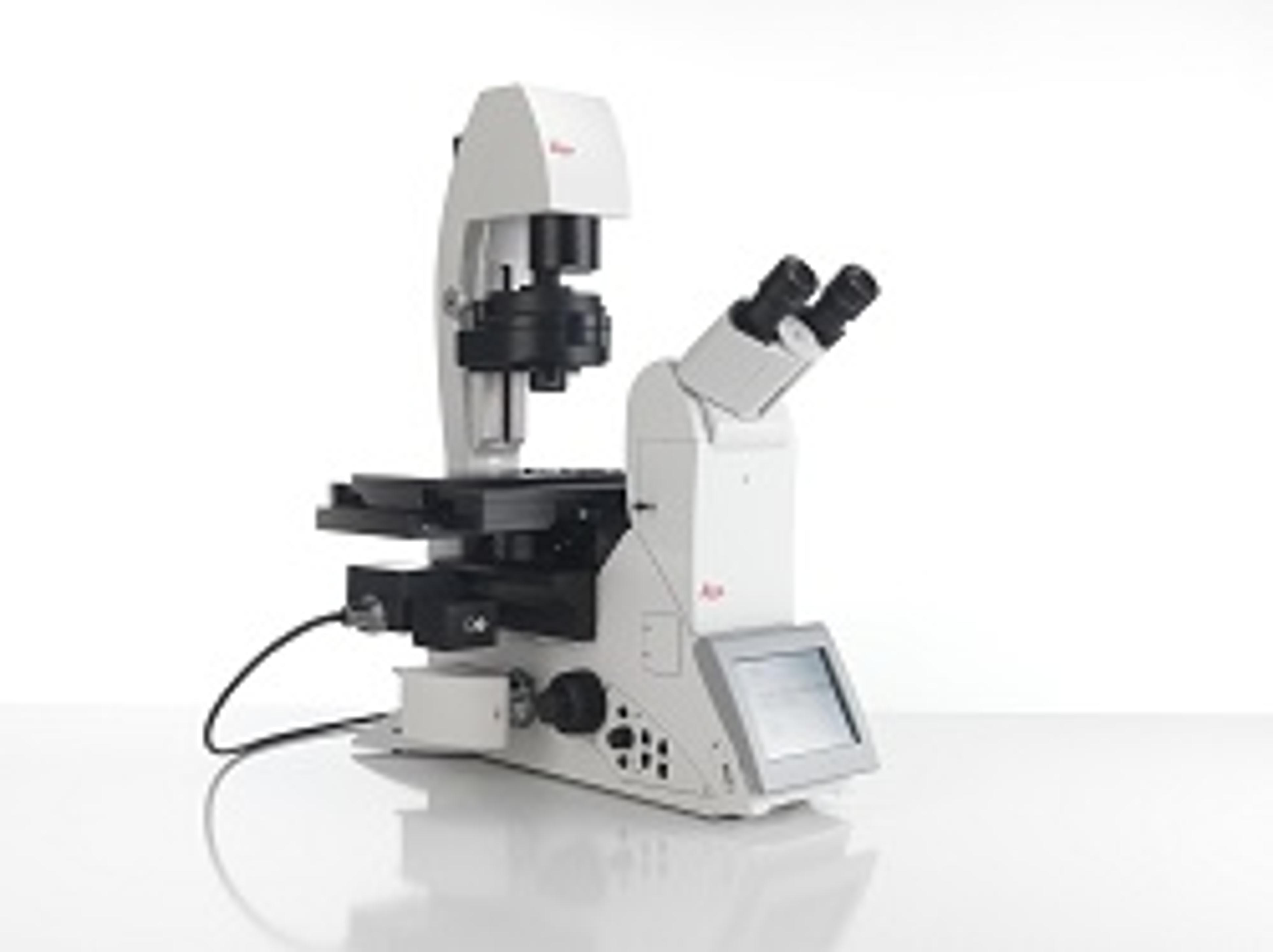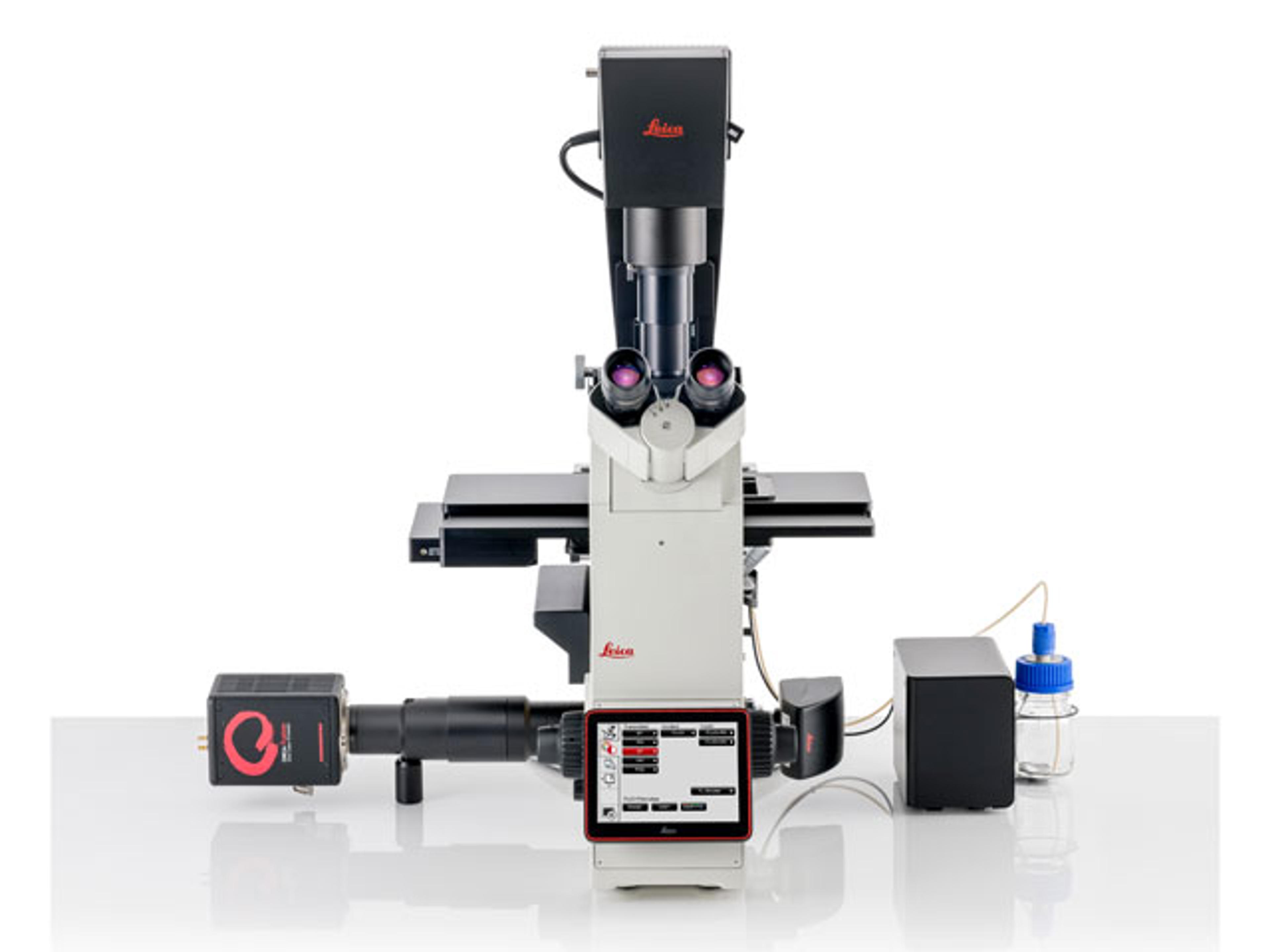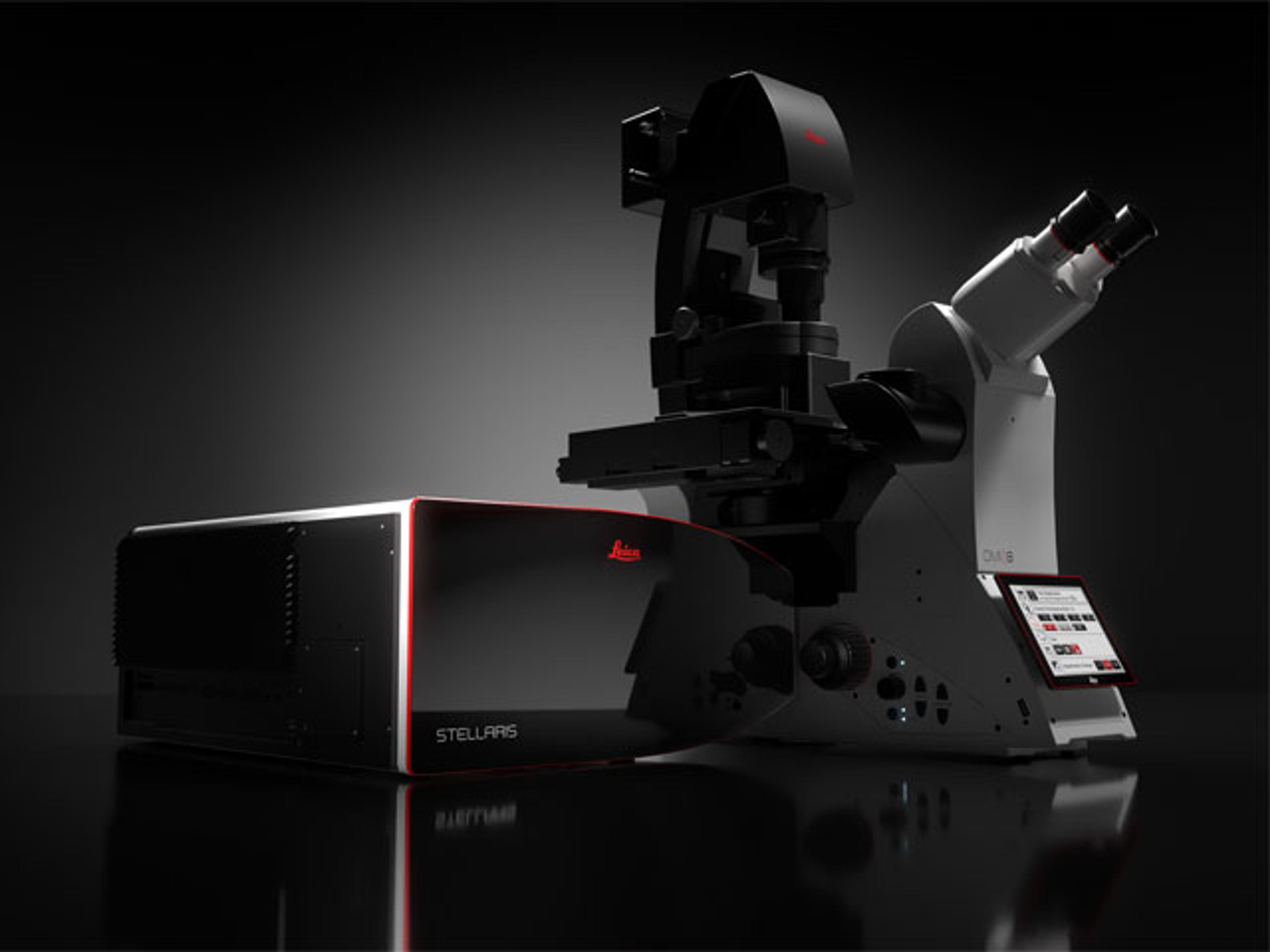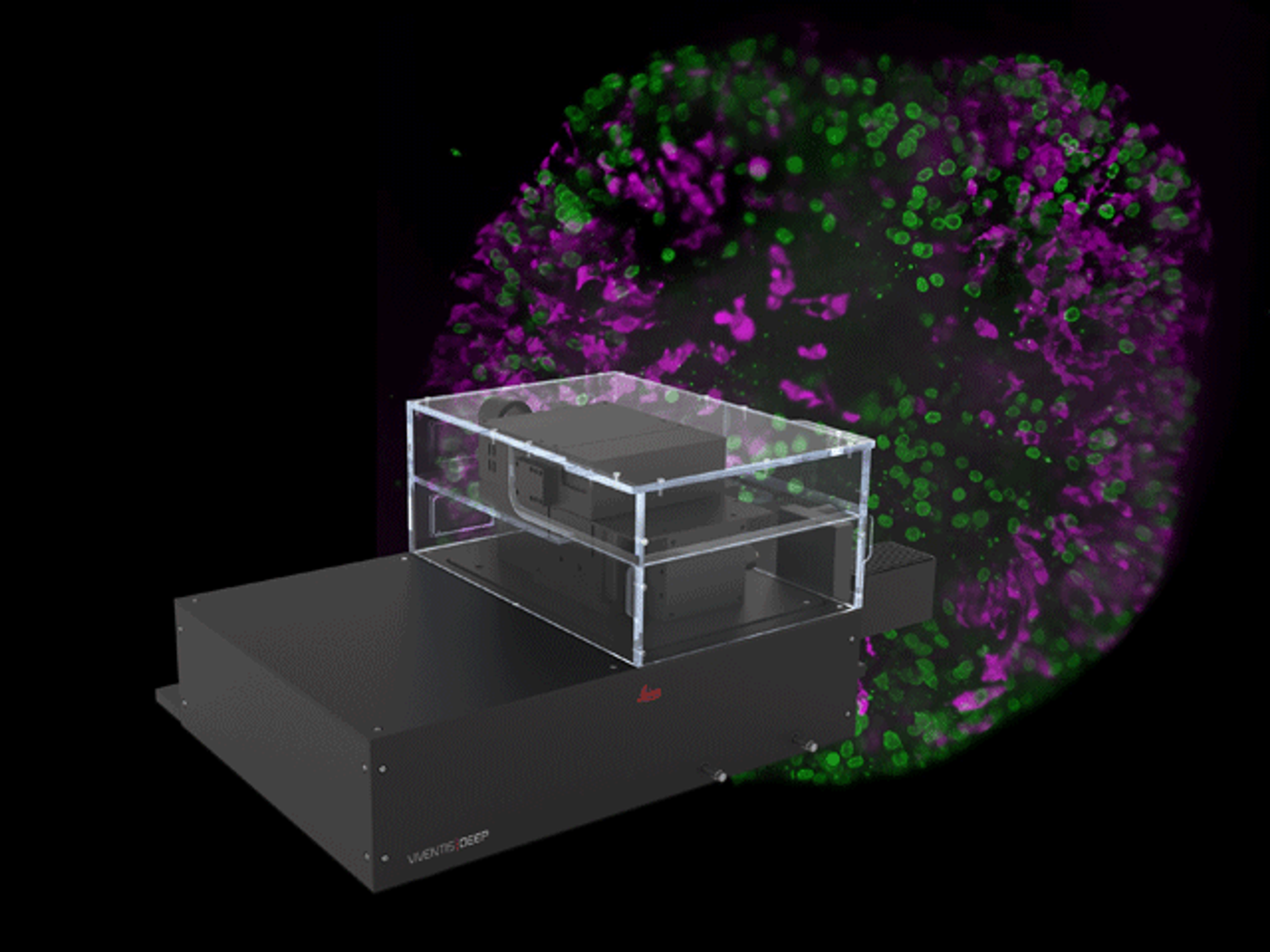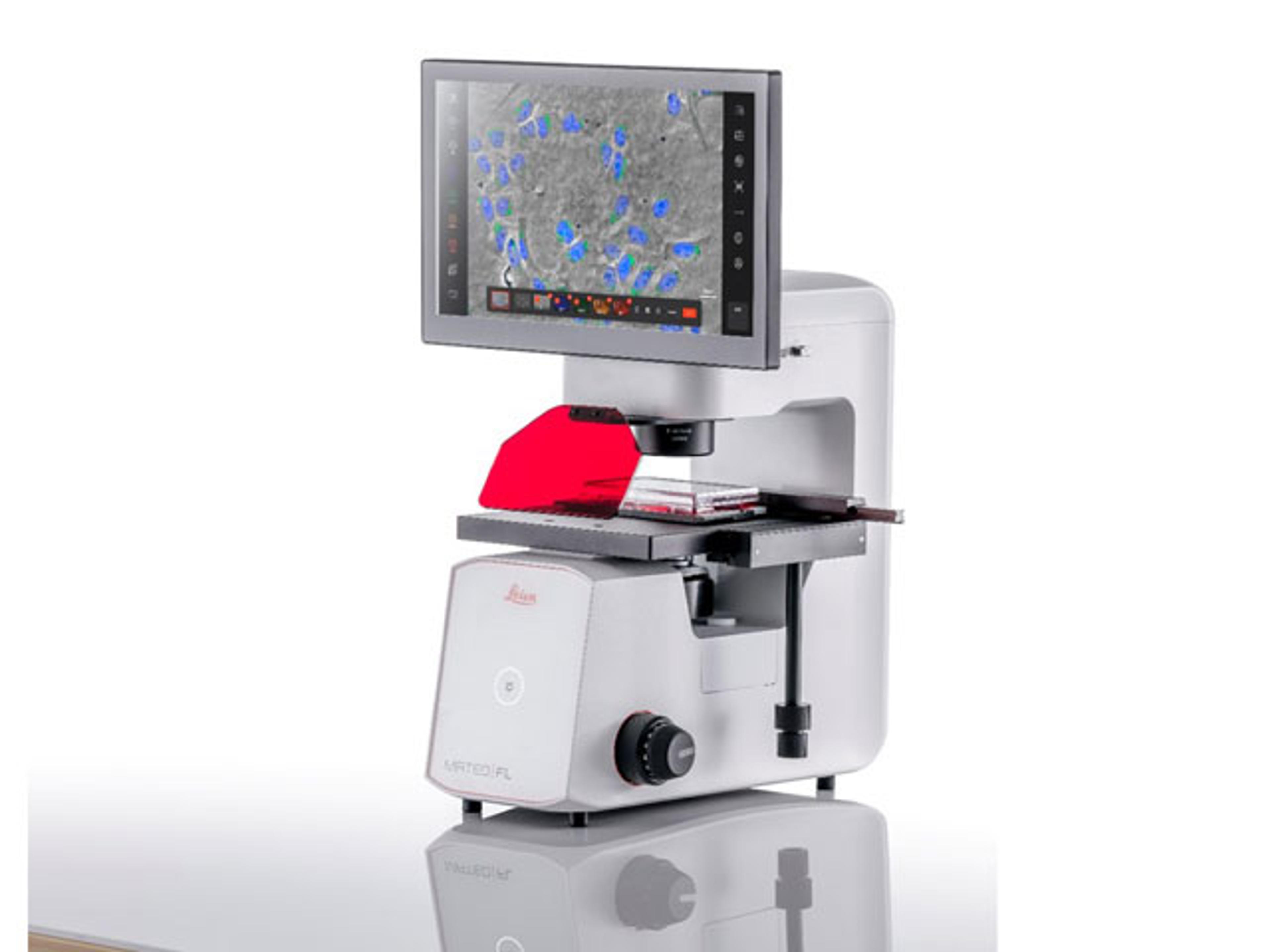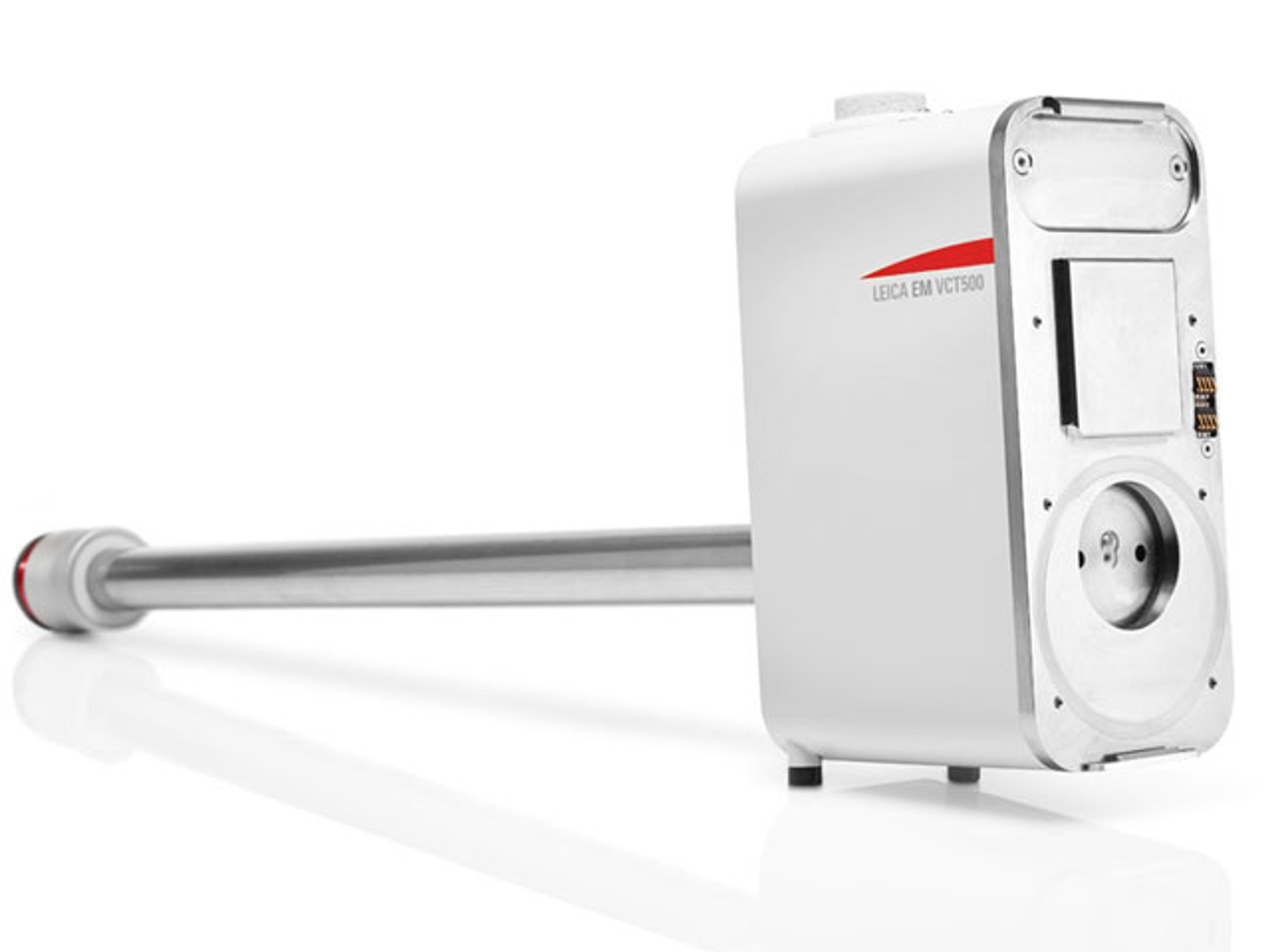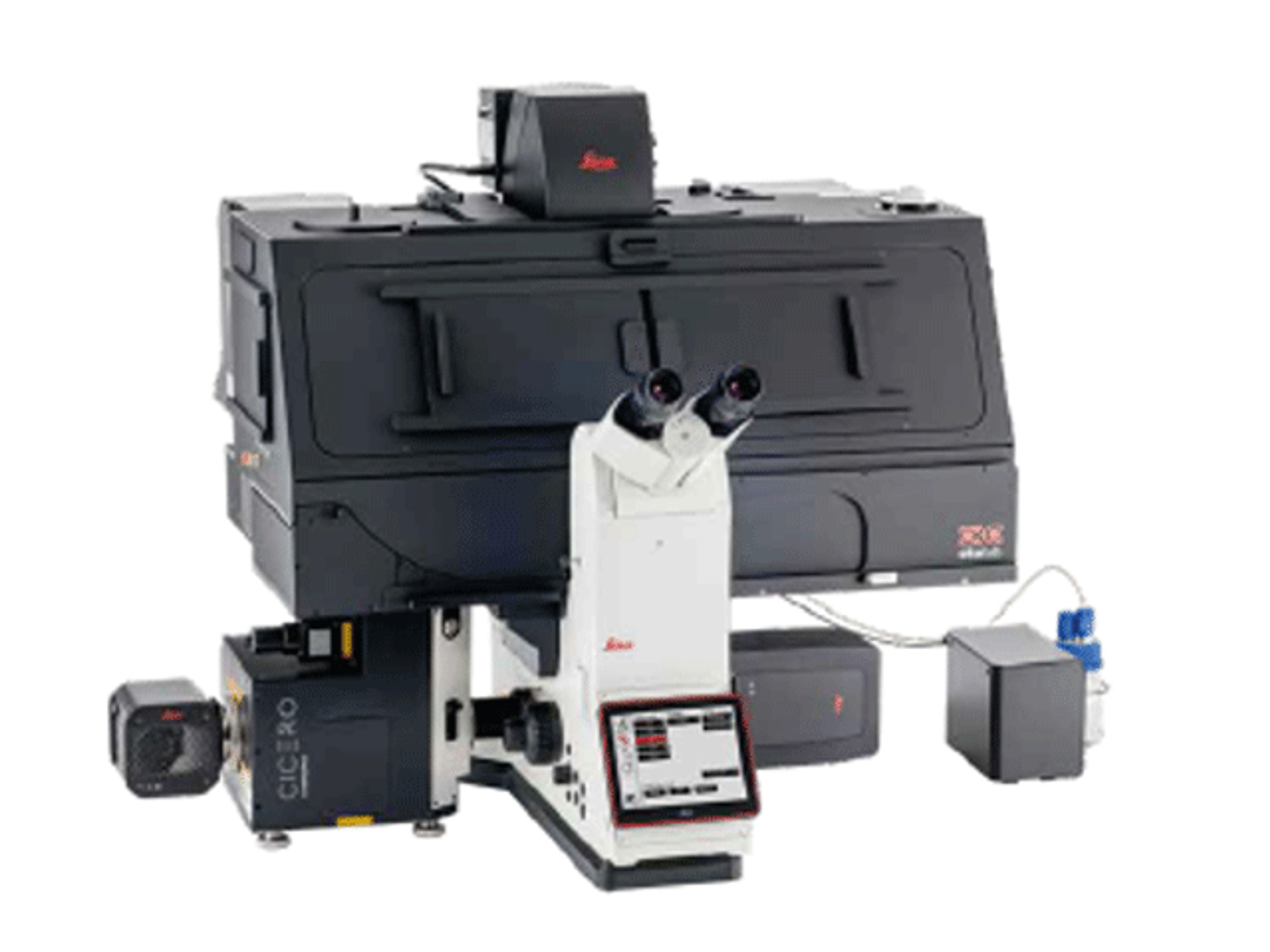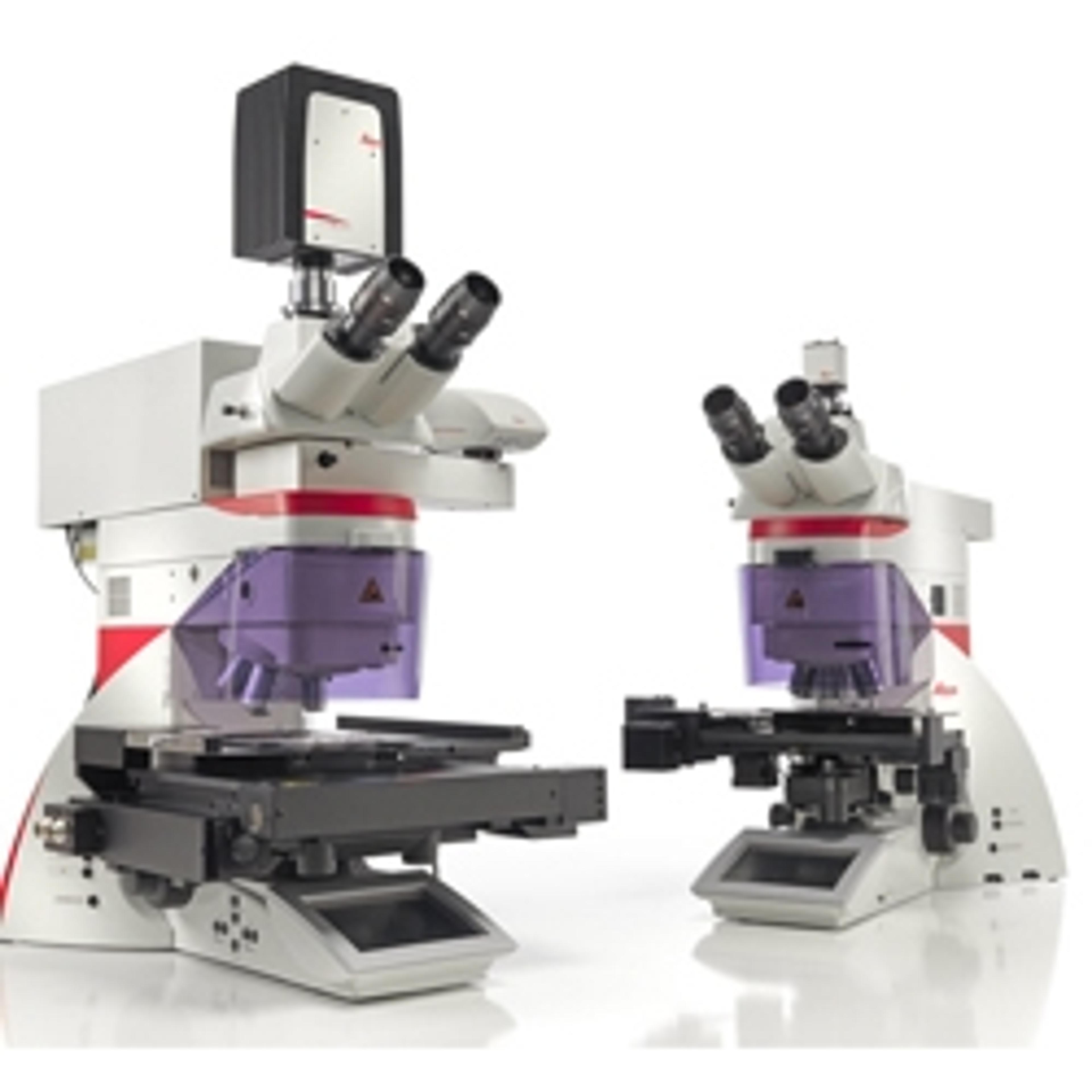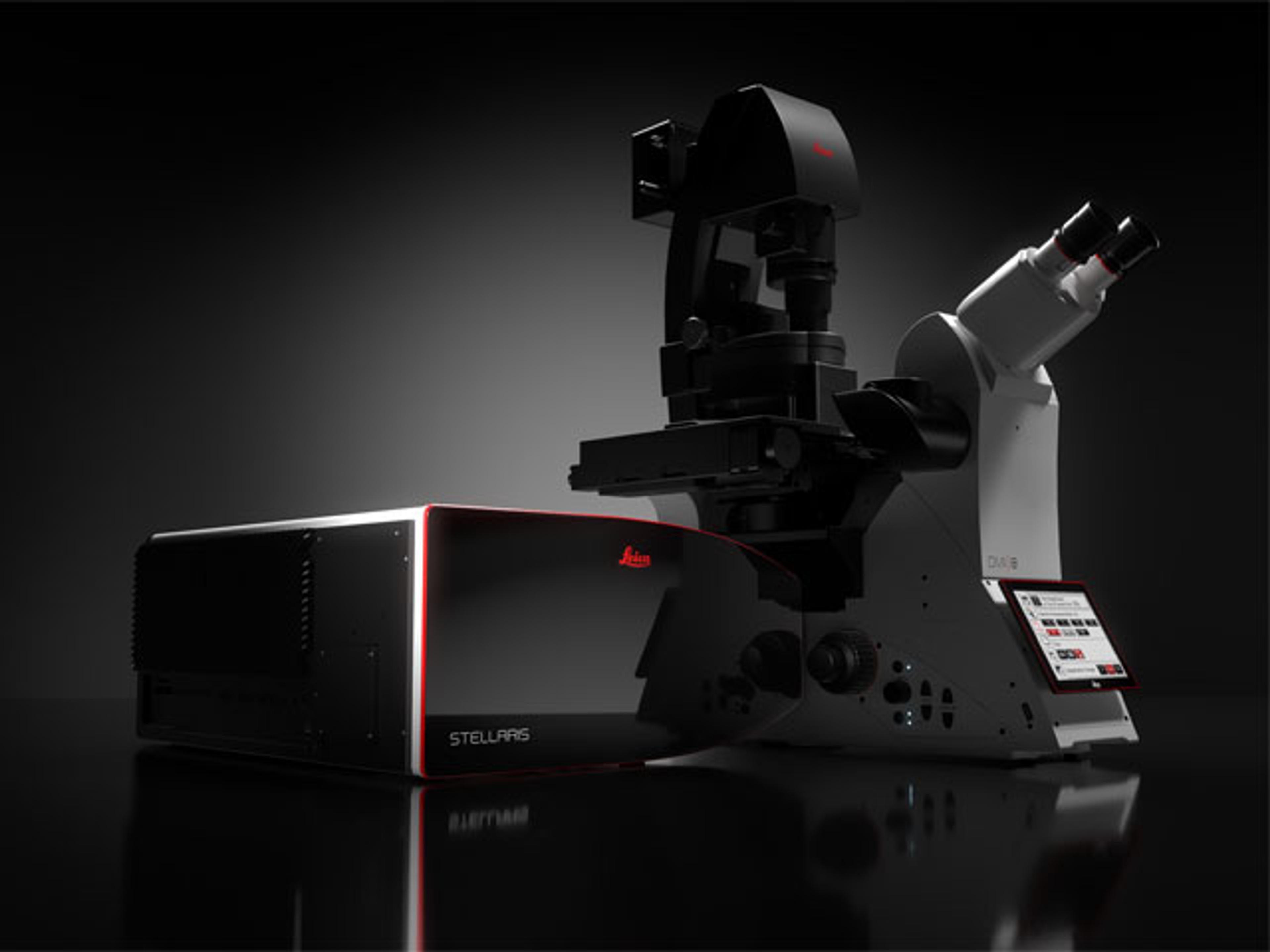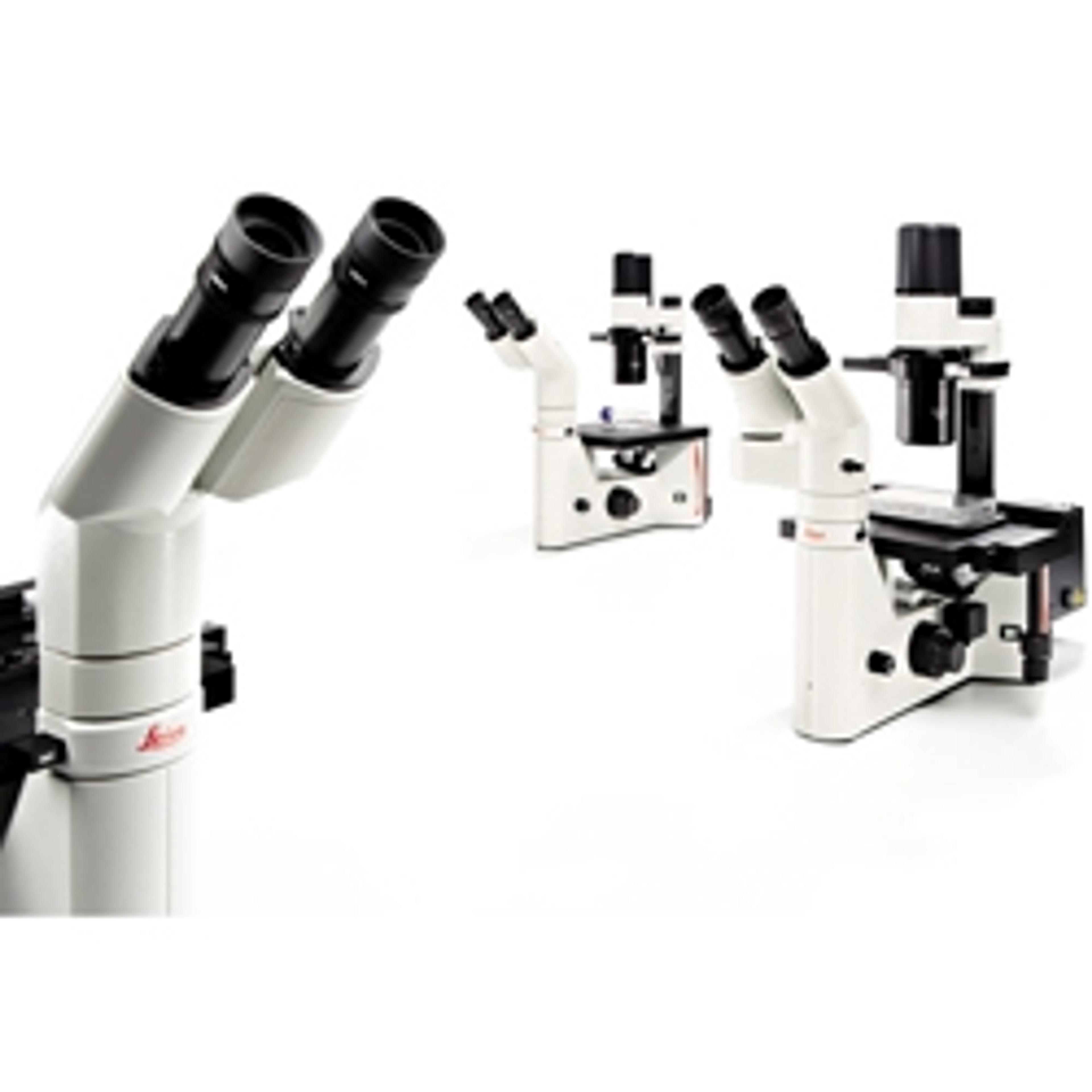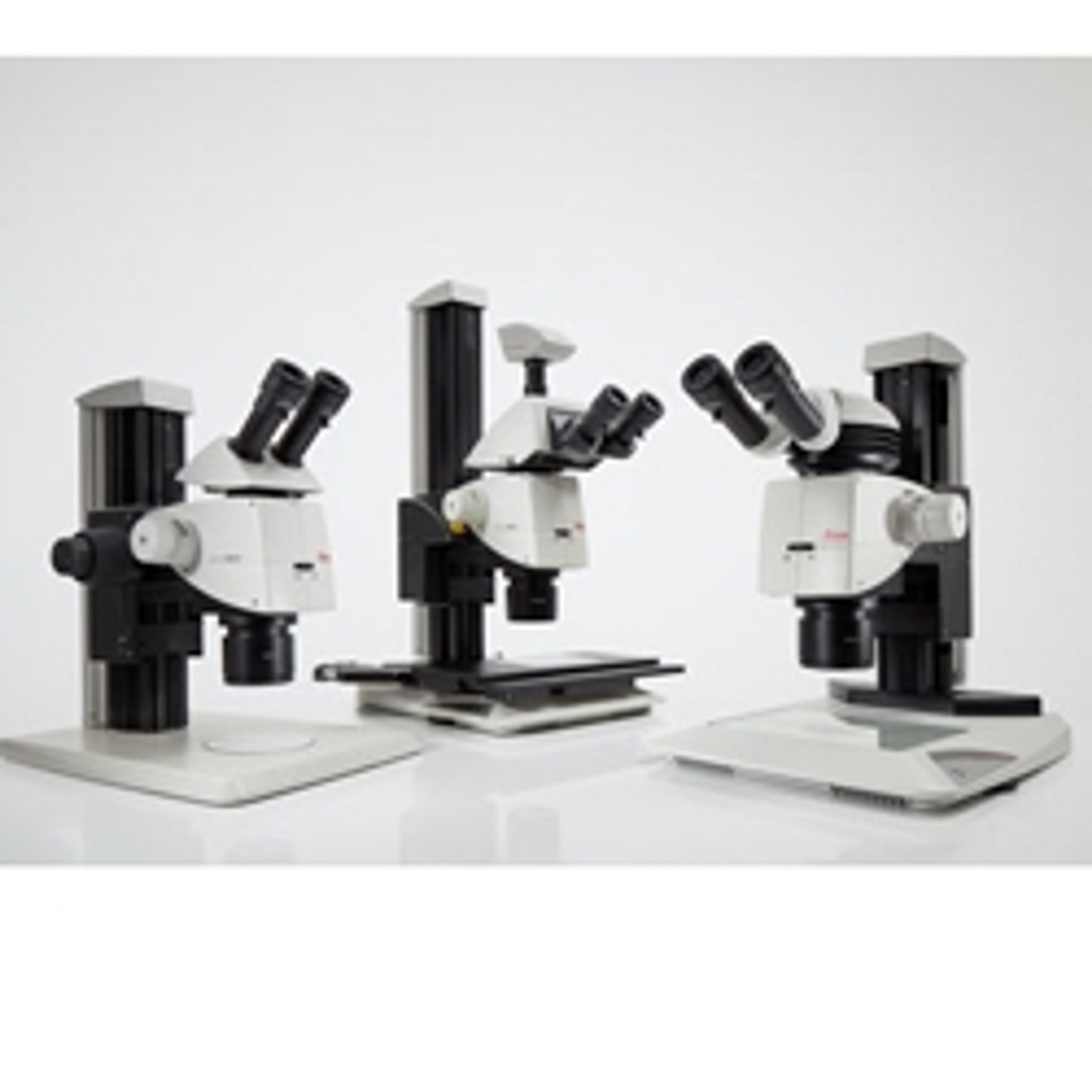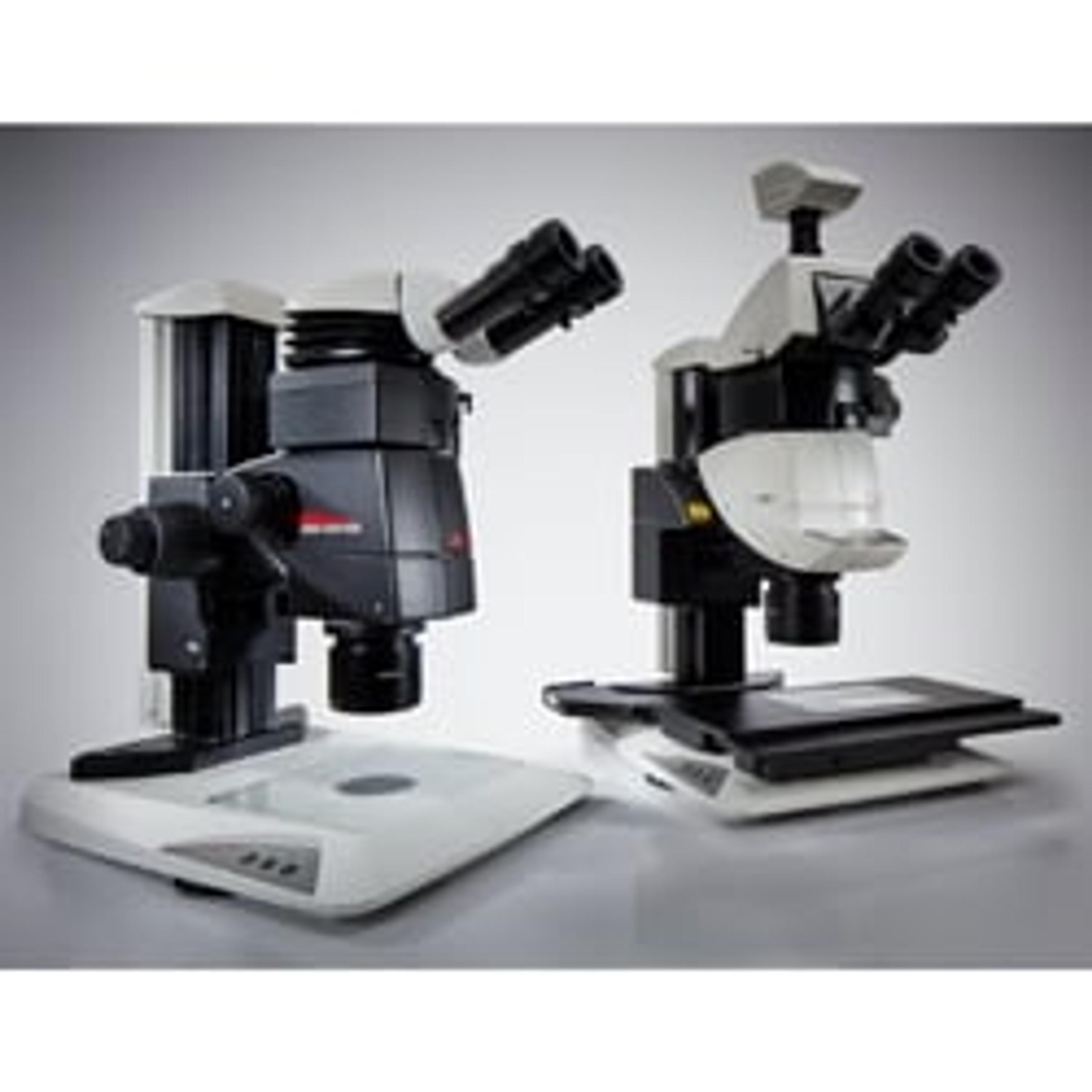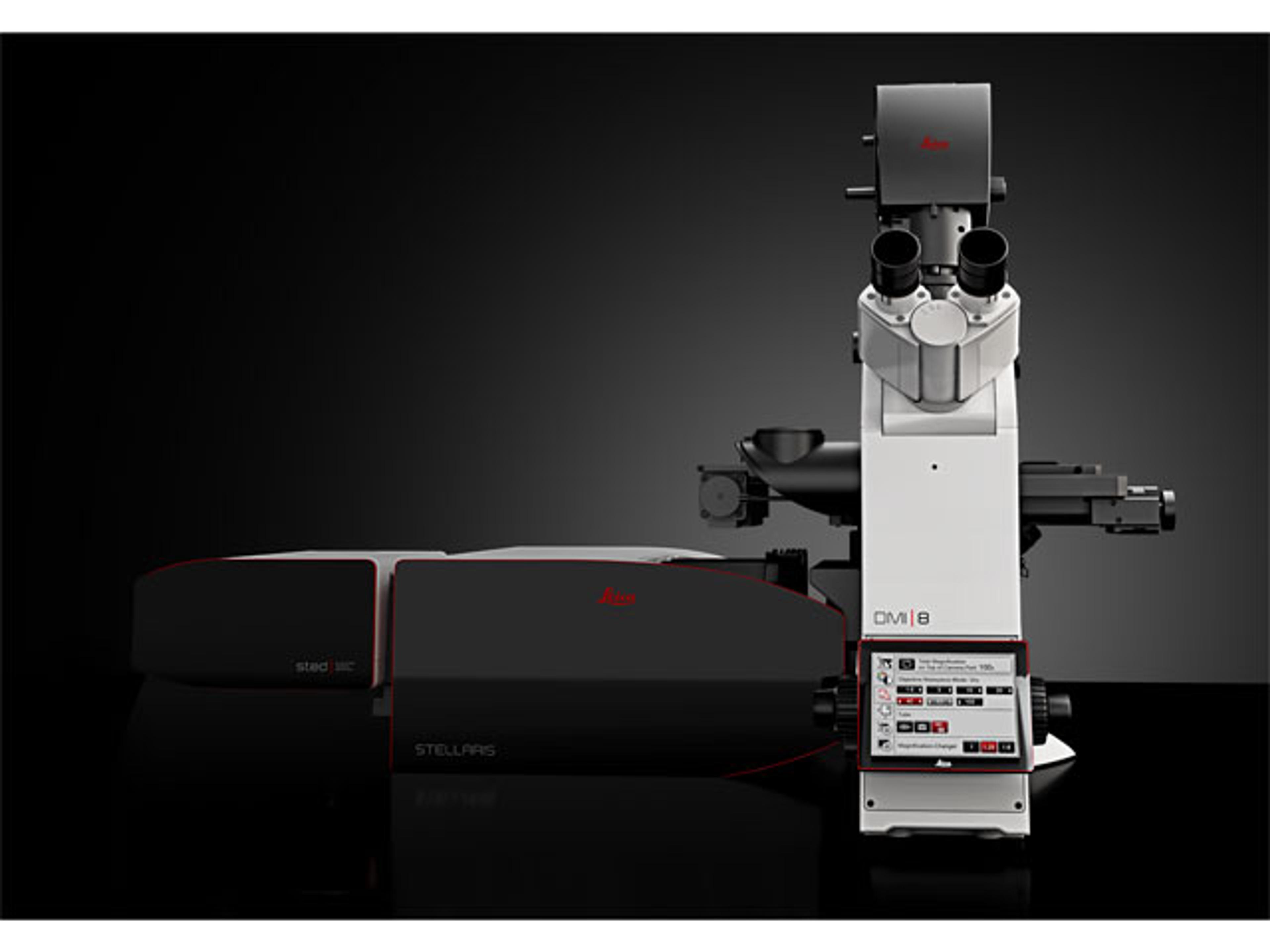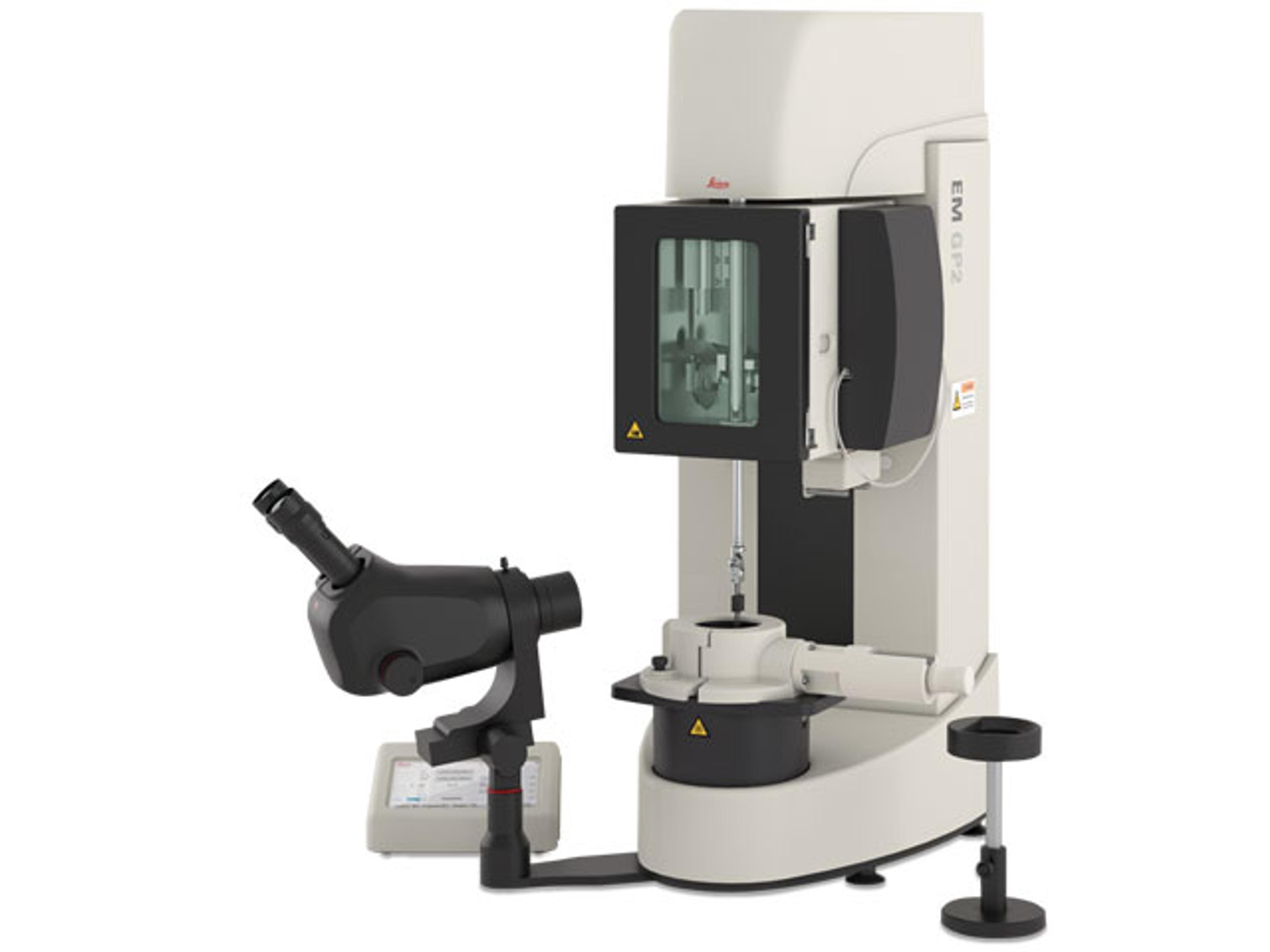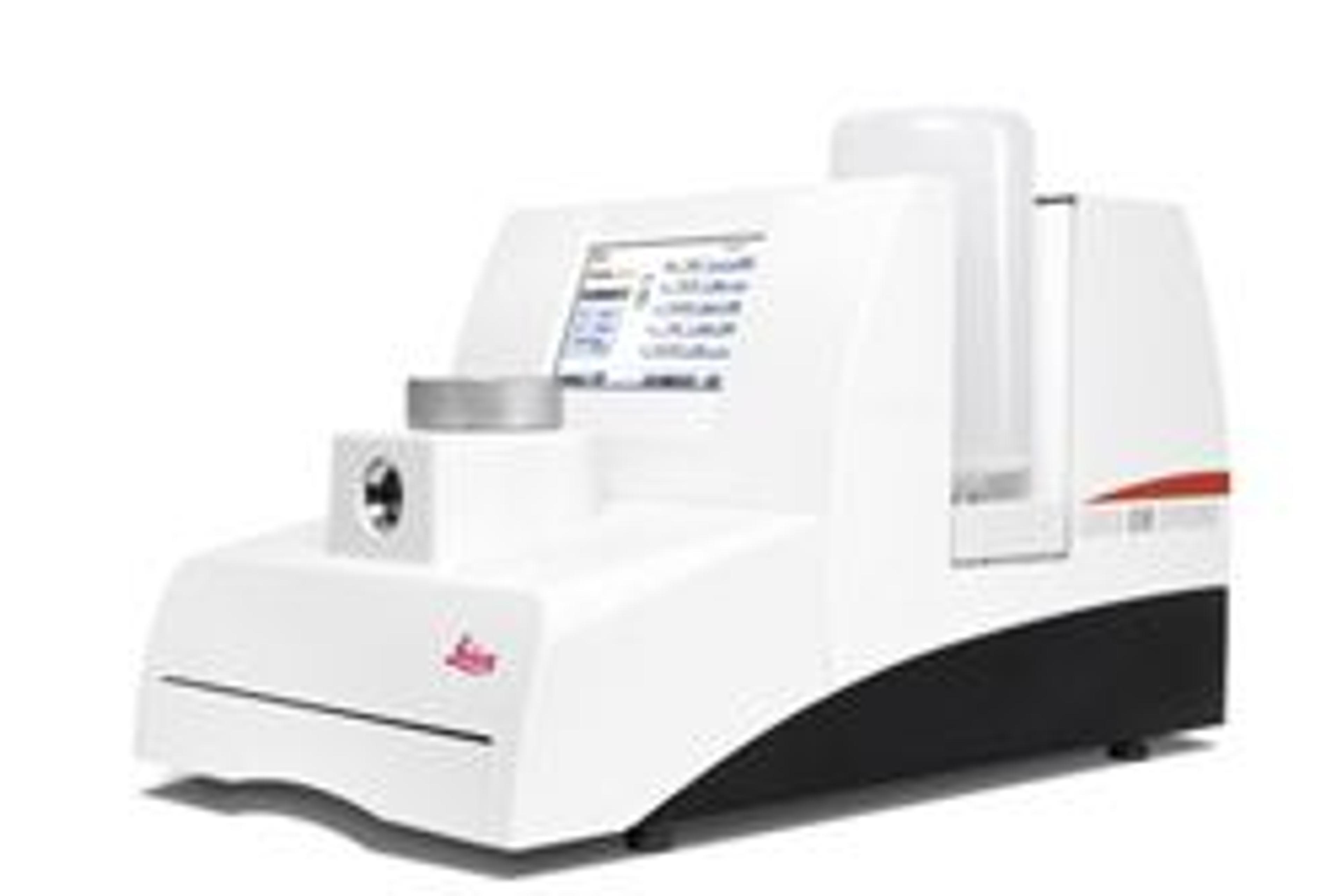DMi8 Inverted Microscope
With the DMi8 inverted microscope you can reliably generate high-quality data from demanding 3D and live samples with a fraction of the effort. Building on our history of intelligent automation, the DMi8's expanded functionality fundamentally improves the user experience by streamlining complex microscopy workflows.
These ratings are not given lightly!
Slide Scanner and IF Microscope
I did a fairly extensive review and demos of the Keyence BZ-X, the Fisher EVOS M7000, the Molecular Devices Pico, the BioTek Lionheart, the Nikon Ti2 Eclipse, and the Leice DMi8. The two best were the Nikon and the Leica, in terms of resolution, capability, and versatility. Both were at least 10x as fast as the Keyence, Lionheart, and Pico. The Leica and EVOS were only two to use CMOS optics. The EVOS was almost as fast (half as fast as the other two, at best) and had the advantage of being extremely affordable. But the resolution was just not as good, and we were looking for top speeds as this was to be a multi-lab purchase (thus the need for capability and versatility as opposed to best overall value). The Leica was cheaper than the Nikon, and I did love the increased speed, extreme modularity, and no need for a darkroom as it has an optional lightbox the blocks out the light. The reps were very accommodating and knowledgeable, and we were able to demo the instrument long enough for all the labs to use it. This was the only one demo'd that had NO negative feedback. We are in the process of purchasing right now, and with everything we've seen, are very happy to be adding it to our equipment.
Review Date: 5 Sept 2023 | Leica Microsystems Europe
Good performance
Analyze animal components in feed
In our lab we use Leica microscope in order to test feed official control samples to control presence of animal components and comply de EU regulation. We are very satisfied with the performance of this microscope and we successfully test a lot of samples with good results
Review Date: 30 May 2022 | Leica Microsystems Europe
Clear imaging capability with reliable results.
Imaging of neural tissue sections (ISH primarily)
The results were reliable and reproducible. I would definitely recommend.
Review Date: 14 Apr 2016 | Leica Microsystems Europe
Highly recommend this product.
Cell localization
This microscope is extremely easy to use and the images are spectacular.
Review Date: 14 Apr 2016 | Leica Microsystems Europe
Excellent product
Research cell lineage
We have a very good quality results! It is easy to use and we love it!.
Review Date: 14 Apr 2016 | Leica Microsystems Europe
Great buy
Cell morphology examination
Fits our experimental needs, with the recommendations from the manufacturer
Review Date: 14 Apr 2016 | Leica Microsystems Europe
We have very good microscopic images, that completely justify our expectations.
Analysis of snake venoms
Our microscope is a very good one, it absolutely meets our requirements. We got pretty good images both 2D and 3D using different fluorescent paints. The main difficulties of usage are the program nuances, that have been learned and accepted in 1-2 months. After the purchase we asked the experts of the seller company some questions and got answers to all of them, all the arisen problems were solved. The price is a little high, but it completely matches the quality and the opportunities we get.
Review Date: 31 Mar 2016 | Leica Microsystems Europe
The modular DMi8 inverted microscope is the heart of the DMi8 S platform solution. For routine to live cell research, the DMi8 S platform is a complete solution. Whether you need to precisely follow the development of a single cell in a dish, screen through multiple assays, obtain single molecule resolution, or tease out behaviours of complex processes, a DMi8 S system will enable you to see more, see faster, and find the hidden.
- See more – Increase your viewing area up to 10,000x
- See faster – Experiments up to 5x faster
- See the hidden – Activate, ablate, and bleach within one experiment
Activate, ablate, and bleach in one experiment
Add the Infinity TIRF and Infinity Scanner to your DMi8 S platform to maximize the versatility of your system. You can perform Super Resolution, TIRF and several photomanipulation tasks within one time-lapse experiment using up to 5 lasers. Sensitive light applications like optogenetics or photoswitching can be performed alongside more demanding tasks like FRAP or ablation. Combine techniques even further using the fully automated, super-resolution capable Infinity TIRF to analyze membrane dynamics.

